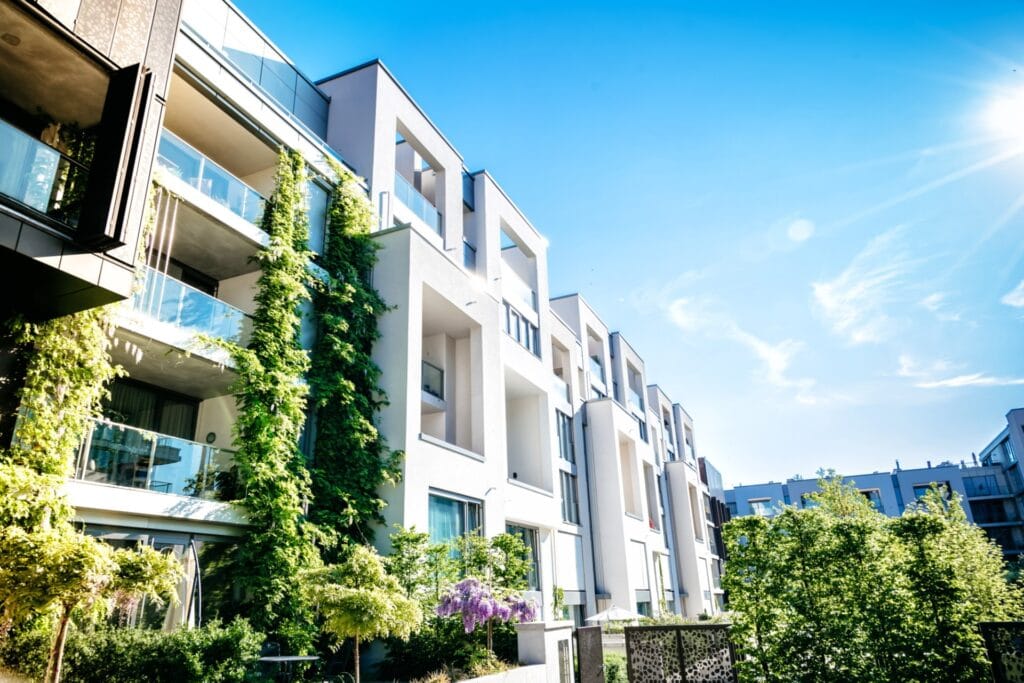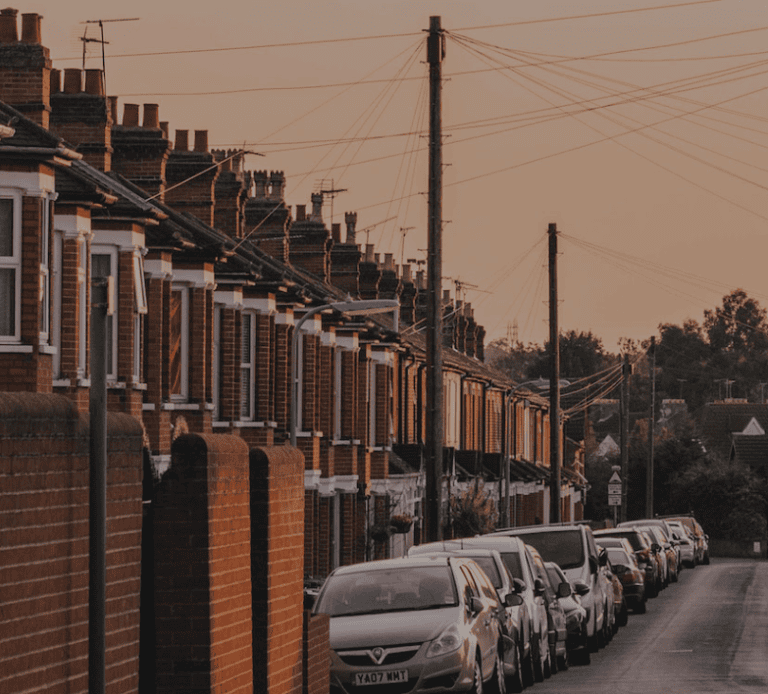The Carbonlite Challenge is a sustainable finance solution that rewards ambitious developers who want to reduce the carbon footprint of the homes they build. It is underpinned by science and designed to be practical. Developing this complex solution required a partnership with top industry experts: the Royal Institute of British Architects (RIBA), Savills, EY, Paragon Building Consultancy, M&G Investments and Allen & Overy have worked closely with Atelier in the design and testing of the Carbonlite Challenge solution.
The process is as follows:
- Developers agree to Atelier’s Sustainability Charter and commit to certain construction and corporate responsibility standards.
- After undertaking an initial Carbon & Sustainability Assessment and on receipt of a completed form, Atelier will estimate the project’s Carbon & Sustainability Score. The RIBA 2030 Climate Challenge targets are used for this assessment.
- Once the score is estimated and the viability of the scheme is understood, Indicative Terms will be issued with details of the expected Carbon & Sustainability Rebate.
- Before draw down of the loan, Atelier will recalculate the Carbon & Sustainability Score and make any adjustments as necessary.
- Once the facility has drawn, Onsite Carbon Assessments will be carried out periodically until the property reaches Practical Completion.
- A final score will be calculated confirming that the project is on track and able to meet the RIBA 2030 Climate Challenge v2 2025 or 2030 targets.
- On full repayment of the loan, the Carbon & Sustainability Rebate is paid to the developer.
- After 12 months’ use by the homeowner, Atelier will receive energy and water data, and will undertake a Post-Occupancy Evaluation to ensure in-use performance. The study will include recommendations, which will be shared with the homeowner and used to make further improvements to the Carbonlite Challenge scheme.
Carbonlite challenge actively encourages and facilitates low-carbon construction and operation, while also rewarding both developers and end-users. The more sustainable a developer’s scheme, the more they will be rewarded financially. It is further assisted by adoption, in parallel, of sustainable methods and technologies for construction and operation and its benefits can therefore be seen on its own and in conjunction with other solutions.
To qualify for Atelier’s Carbonlite Challenge, new homes must be built to the Royal Institute of British Architect’s (RIBA) 2030 Climate Challenge standards (to 2025 or 2030 level), which reflects carbon-reductive construction.
Based on a typical development targeting the RIBA 2030 challenge, there could be a saving of 111 tonnes of carbon dioxide per year. For the developer in this instance, this would translate to a Carbon & Sustainability Rebate in excess of £140,000.
Compared to other loans across the market, if the development does perform in accordance with the RIBA 2030 Challenge and the rebate is secured, the Carbonlite Challenge interest rate would be among market-leading rates for construction loans, according to Atelier.
Building net zero homes requires higher upfront costs for developers, however sales data from Savills reveals Gross Development Values are enhanced by up to 11% for homes with superior EPC ratings. As Carbonlite Challenge is based on more robust metrics than EPCs, it is fair to assume a higher projected sales value of RIBA 2030 compliant homes; this is accompanied by a range of other significant wide-reaching benefits of building green, sustainable homes. For schemes which meet RIBA 2030, with the added benefit of the Atelier Carbonlite Challenge ‘contribution to costs’ or interest rebate, this could completely offset the up-front costs of low-carbon emission developments, and help to meet the UK government’s target of all new homes being zero carbon ready by 2025. Alongside the positive reputational impacts associated with carbon-reductive development, the case for developments financed by Carbonlite Challenge is strong.





